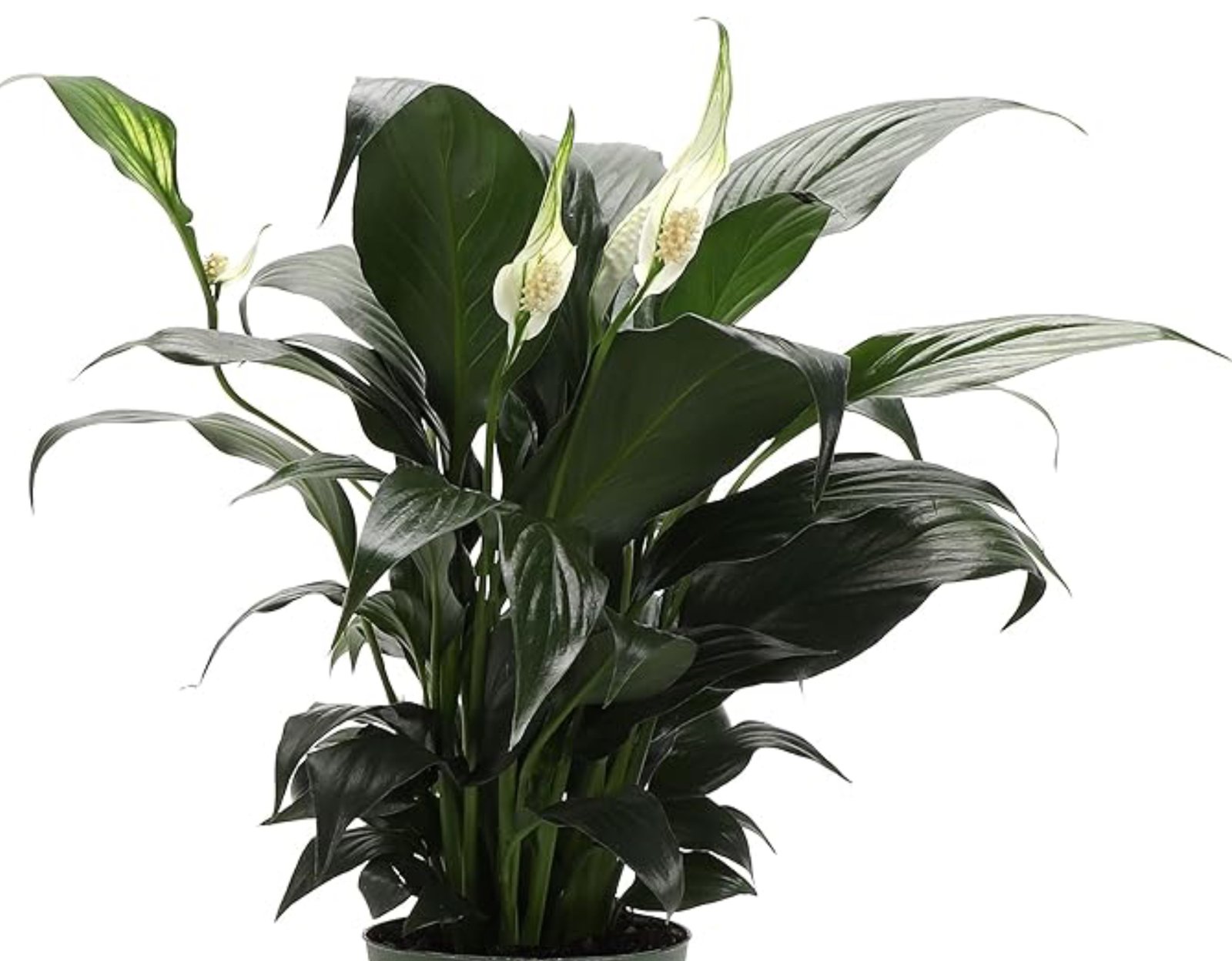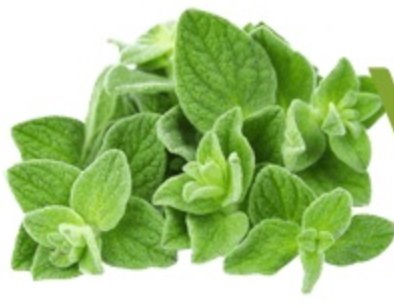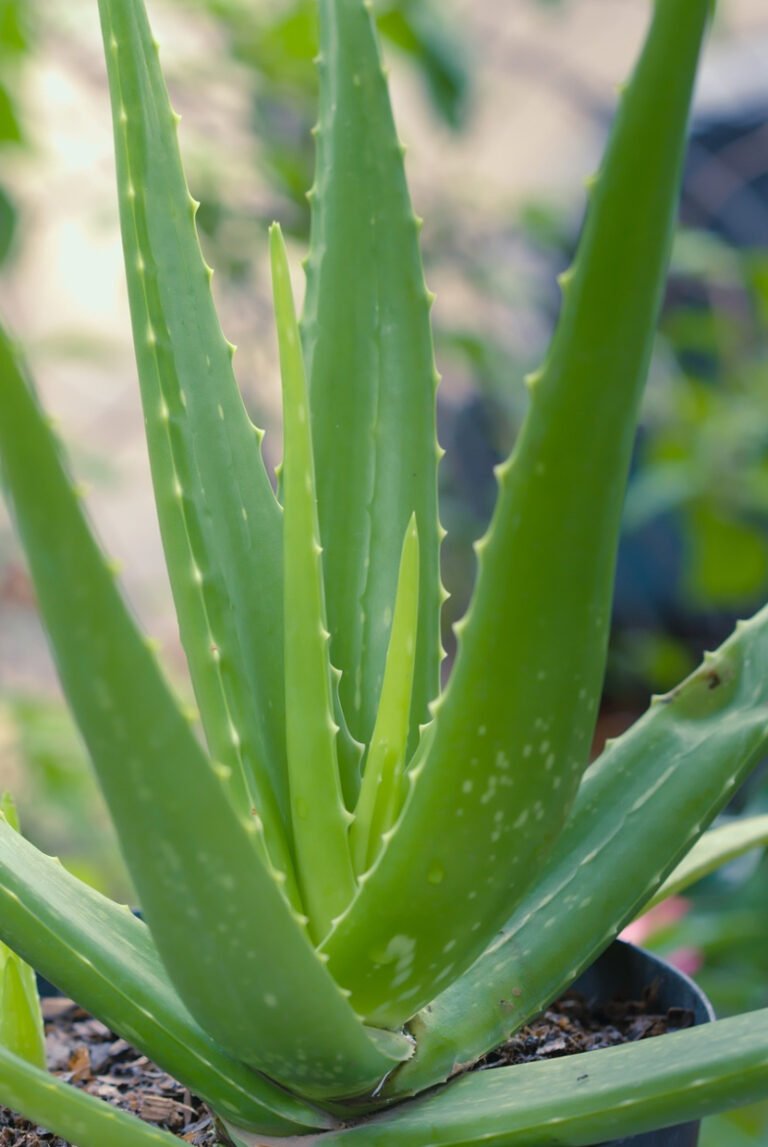When and how can we plant and care for Peace Lily (Spathiphyllum)?


Key Points for Planting and Caring
- Care Method: Easy to care for.
- Placement: Ideal for shaded corners of rooms.
- Light: Low to medium, indirect sunlight.
- Watering: Keep soil consistently moist but not soggy.
- Disease Prevention: Wipe leaves and watch for yellowing leaves as a sign of overwatering. Use a mild soap solution for pest control if needed.
Peace lilies (Spathiphyllum) are beautiful, low-maintenance indoor plants known for their lush, dark-green leaves and white, spoon-shaped flowers. They thrive indoors and make excellent houseplants, especially for beginners. Here’s how to plant and care for a peace lily:
1. Planting Peace Lily
- Timing: Peace lilies can be planted indoors any time of the year. Spring and summer are ideal for initiating growth, but they adapt well to indoor conditions year-round.
- Potting: Use a pot with drainage holes, as peace lilies are sensitive to soggy soil. They like being somewhat root-bound, so choose a pot that’s just slightly larger than the root ball.
- Soil: Peace lilies prefer a well-draining, peat-based potting mix. Adding a bit of sand or perlite can help improve aeration.
2. Planting Steps
- Fill the pot about halfway with soil, place the peace lily in the center, and add more soil around it. Press the soil lightly around the roots for stability.
- Avoid planting too deeply. Keep the base of the plant’s stems just above the soil surface.
3. Caring for Peace Lily
- Light: Peace lilies do best in low to medium indirect light. While they can survive in low light, brighter indirect light will promote blooming. Direct sunlight should be avoided as it can scorch the leaves.
- Watering: Peace lilies prefer consistently moist soil but should not sit in water. Water when the top inch of soil feels dry, about once a week. They are sensitive to fluoride in tap water, so if possible, use filtered or distilled water.
- Humidity: Peace lilies thrive in high humidity, similar to their native tropical environment. Regular misting or placing the pot near a humidifier can help if your home has low humidity.
- Temperature: Maintain temperatures between 65-80°F (18-27°C). Peace lilies are sensitive to cold, so keep them away from drafts and temperatures below 55°F (13°C).
- Fertilizer: Feed with a balanced, water-soluble fertilizer once a month during the growing season (spring and summer). Too much fertilizer can prevent blooming, so fertilize sparingly.
4. Pruning and Maintenance
- Pruning: Prune any yellow or brown leaves at the base to keep the plant healthy and looking its best. When flowers fade, trim them off close to the base.
- Cleaning: Dust the leaves regularly to help them absorb light more effectively. This also keeps pests at bay.
5. Repotting
- Report peace lilies every 1-2 years in the spring, using fresh potting soil to provide new nutrients. Move to a slightly larger pot if the roots are overcrowded.
6. Common Issues and Tips
- Drooping Leaves: Peace lilies often droop when they need water. Water thoroughly, and the leaves should perk up within a few hours.
- Brown Leaf Tips: This can be a sign of low humidity, inconsistent watering, or tap water containing chemicals like fluoride. Increase humidity and use filtered water if possible.
- No Flowers: Peace lilies need slightly brighter, indirect light to bloom. If your plant isn’t flowering, try moving it to a brighter spot.
Peace lilies are resilient plants that can adapt well to different environments. With the right care, they can reward you with their lush foliage and beautiful blooms for many years.
Key Points for Planting and Caring
- Care Method: Easy to care for.
- Placement: Ideal for shaded corners of rooms.
- Light: Low to medium, indirect sunlight.
- Watering: Keep soil consistently moist but not soggy.
- Disease Prevention: Wipe leaves and watch for yellowing leaves as a sign of overwatering. Use a mild soap solution for pest control if needed.





